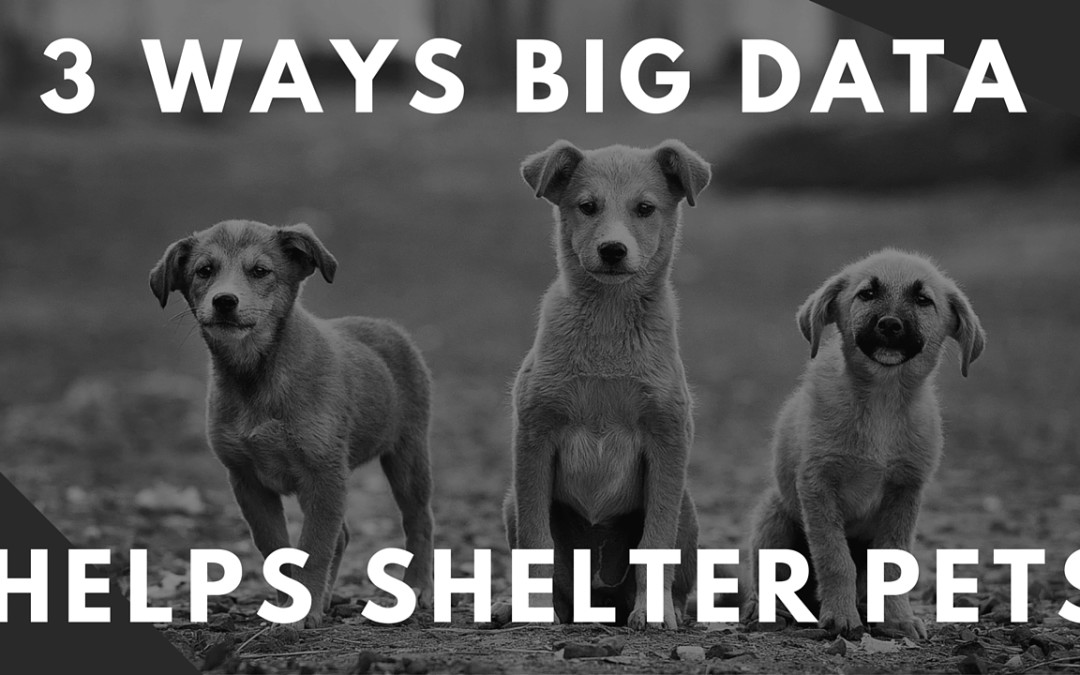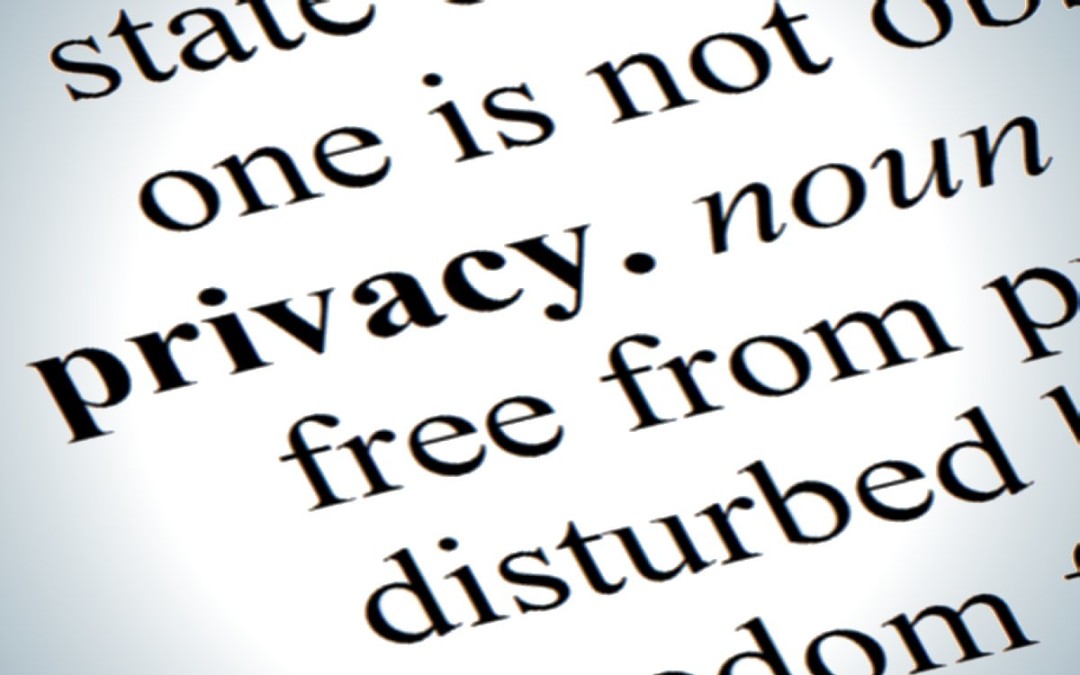
by Stephanie Rabinowotz | Feb 19, 2016 | Data Science, Health Care
Cancer is a horrible illness that has been nearly impossible to figure out. Scientists have had a difficult time finding a cure for cancer because no two cases of cancer are the same. Everyone’s bodies are different and therefore, those who develop cancer do not have identical cancer cells. For researchers this means that it is just that much harder to figure out how to stop cancer because finding a link between cases is like finding a needle in a hay stack.
In the past it has been hard for researchers to gather data on cancer to study, but with the recent development of more advanced technology it is much easier to access information from many different cases. Now that there are easily accessible databases full of medical records concerning cancer, researchers have the resources to dig deeper into what could possibly take down cancer. The problem is that no matter how many researchers you have, it takes a lot of time to comb through large amounts of data in search of a tiny clue. This is where Big Data becomes a great tool for scientists and researchers. With the help of data scientists, Big Data analysis goes in and scans through large data sets to find connections and insights that we may not have caught. Not only can Big Data analysis dig more deeply, but it can do this searching much more quickly than we can.
Big Data allows researchers to focus on connecting the dots between significant findings from the data and apply it to a possible cure. Research can become very expensive the longer it goes on, which is why Big Data can be a valuable asset to potentially find a cure faster. Big Data is a great tool for speeding up processes that could otherwise be very tedious. To learn more about how Big Data is doing big things, check out these informational articles!

by Stephanie Rabinowotz | Feb 18, 2016 | Business Optimization, Customer Satisfaction, Data Science
Even though certain tough situations play a big role in making us stronger individuals, people generally want things to be easy. Simple is good. That is why we are always trying to come up with new processes and devices to make everything we do easier. Big Data is a great way to make things less complicated and frustrating.
It can become very difficult for companies to try to get inside the heads of their customers. Without any feedback companies have no clue what the public thinks about their service or product. The only telling sign is how many sales or deals are being made, but this is not a very reliable form of evaluation. There are many other key factors that can play in the decrease of business. It may be a marketing deficiency or maybe even location. There could be a horrible review out there that you don’t know about or your customer service is bad. Big Data can seek out these issues and determine which one is the root cause for the lack of success.
With Big Data analytics and a savvy tech team, businesses no longer have to waste their time making and sending out surveys that people will more than likely use to make a cozy fire. Big Data analytics can quickly survey large sums of information and piece together the important connections that lead to hidden insights about what it takes to ensure customer retention. The best part about it is that Big Data is customize-able and can be used in almost any business setting.
To learn more about how Big Data can make YOUR life easier, check out CLIINTEL!

by Aleah Radovich | Feb 17, 2016 | Big Data
There are roughly 7.6 million animals admitted to shelters in the United States each year. The same number are adopted as are euthanized: 2.7 million. So many are euthanized due to limited resources; many animals are coming in, but there is simply not enough space and not enough money to care for them.
As a “mother” of a rescue dog, this issue is very near and dear to my heart. So, I decided to look into it. With my knowledge in Big Data, I thought that surly there is a way to address this concern.
What I found was that the ASPCA is now utilizing big data and a geographic information system (GIS) to approach this problem in a whole new way. They are using this data to determine 1) where these animals are coming from, 2) how they can best utilize their resources to care for more animals and 3) how to get more animals adopted into happy homes.
1. “Hotspots”
The ASPCA refers to areas where it is highly likely to find abandoned or unwanted pets, “hotspots.” They do their best to predict where these hotspots are, and allot more resources to these locations. This includes trucks, people, shelters, veterinary services etc. But what they have found since using the GIS system, is that many times in the past, their predictions were wrong.
Once they identify a hotspot, they know where to pour prevention resources into. Many times, owners just give up on a pet, because owning the animal is too difficult or expensive. They can provide owners with less expensive services like neutering or minor medical interventions, such as vaccines. This makes it more likely that the owner is able to care for the pet, and makes it less likely that animals will procreate uncontrollably.
2. Efficiencies
The previous section touched on this, in that many resources were previously wasted through inaccurate hotspot identification. Using data, they are better able to distribute their limited resources efficiently.
Ultimately shelters, rescues and the ASPCA are all businesses that must consider their profits and costs. Big Data can help these shelters in similar ways that we have discussed in our blog. Data could help them determine if they are spending too much on needles, or if they are paying to replace their tires when there is still a warranty. It can even help them best utilize their space. If they can reduce these costs, then they will have more money to spend on services that directly affect the dogs and cats.
3. Adoption
These days, when we are interested in adopting a dog or cat, our first stop is often times the web. We may search certain breeds we are interested in, or “how expensive is it to own a dog?” or, searching good dog breeds to take hiking. These searches can be used to identify concerns that potential adopters have, and what type of animal is more likely to be adopted in a certain area.
For example, Colorado is known as a very active state. Therefore, it may be more likely that a German Shepherd would be adopted in Colorado, than in New York City. Shelters can use this information to relocate animals to areas where they are more likely to be adopted.

by Stephanie Rabinowotz | Feb 12, 2016 | Business Intelligence, Data Science
There are many small businesses out there who may feel that they are being left in the dust by all of these huge corporations using Big Data to get the upper hand. This does not need to be the case. Small companies can use Big Data even if they themselves are not generating it. There is so much data produced by consumers every day that is just sitting there waiting for the taking. Where would you find these reservoirs of data sets?
There is a huge pool of them out there, but here are just a few of the resources that could be tapped into to receive valuable data to benefit your business.
Google Finance offers a wide range of financial data on the stock market
BROAD Institute offers data sets relating to cancer
Amazon Web Services allows access to a variety of different data
Topsy is a great resource for social media data
To see a more comprehensive list of the data sets available to the public click here.
To check out more about Big Data and the changes it is making in almost every industry come see our Facebook Page!

by Stephanie Rabinowotz | Feb 11, 2016 | Big Data
Ever wonder where the public’s privacy goes when it comes to Big Data? Does it just get thrown out the window to benefit big corporations? Today it seems like the internet knows so much about us it is almost like they are watching us. That is because they essentially are. Big Data tracks our every move online and sends back reports on our behaviors to companies so that they can better advertise to us.
So how does this come into play with social media? Facebook being a big one, it would be interesting to see how Big Data fits in with one of the biggest social media sites we have ever known.
Check out this informative podcast on Big Data privacy and Facebook!
Marc Schtul On Big Data, Privacy And Facebook!











Recent Comments